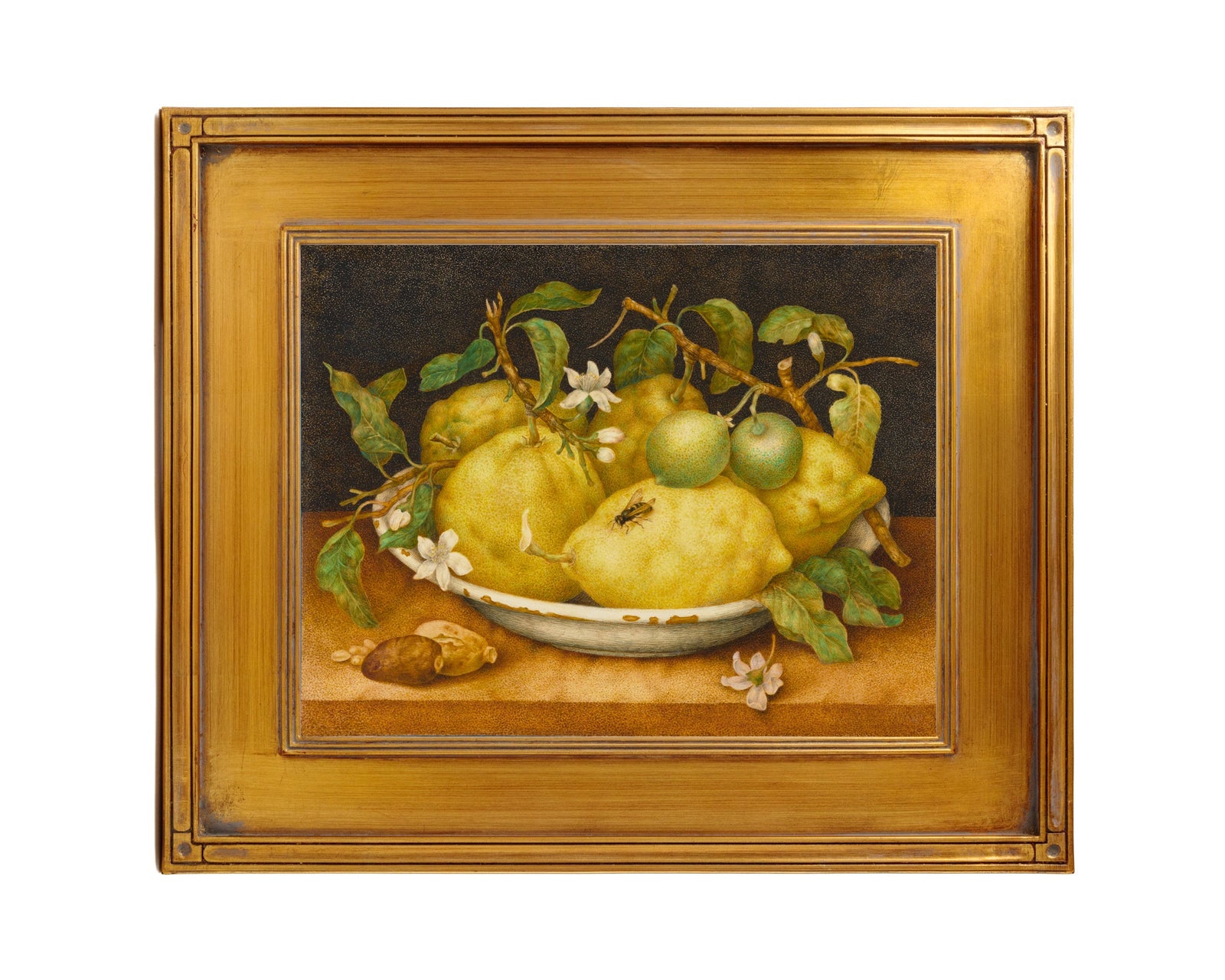Titian (Tiziano Vecellio) (Italian, about 1487–1576) The subject of the penitent Mary Magdalene lifting her teary eyes to heaven gained great popularity in sixteenth-century Italy amongst aristocrats, religious figures and the wealthy middle class alike. Titian and his workshop created many copies and variations of this composition, at least seven of which are known today. This work is likely to have been executed with some workshop assistance. In this variation, the artist omits the skull which appears in other compositions, and instead depicts the Magdalene's Bible resting on a cloth-covered support. Such minor alterations to compositions were often made at the request of a patron, who wanted a work similar to one which already existed, but unique in some way.
The sacrament of Penance had important significance in Counter-Reformation spirituality, and artists frequently portrayed penitent saints as exemplars of religious fervor. Such works were meant to inspire a greater devotion at a time when Catholicism was being challenged by Protestant reform. On the other hand, the popularity of The Magdalene as a subject is also associated with her implied sexuality. Her passive gaze and partially naked body appealed to male viewers, for whom such paintings offered a moralizing context through which to engage with the sensuality of the female form. The Magdalene’s partly exposed breasts and long, flowing hair, would have held erotic connotations for the sixteenth-century viewer. Upon encountering one of Titian’s conceptions of the Penitent Magdalene, biographer Giorgio Vasari (1511–1574) denied such sexual undertones, and declared that the picture “profoundly stirs the emotions of all who look at it; and, moreover, although the figure Mary Magdalene is extremely lovely it moves one to thoughts of pity rather than desire.”
X-rays of the painting reveal that the artist made numerous changes to the composition, known as pentimenti, suggesting that the composition was developed and altered during its execution.
High Quality Wood Framed Print using museum quality paper and archival inks with a mat for a contemporary look. Comes with Acrylite glazing and hanging hardware. These are Made in USA or Europe depending upon your location.
Stretched Canvas is stretched over 1.25" thick pine bars and printed on heavy cotton poly matte finish canvas. Comes with mounting brackets. These are Made in USA or Europe depending upon your location.
Giclee Prints are printed on 250 gsm Matte Paper with the finest archival inks. Each print carries a white border around the perimeter. The listed size refers to the overall paper dimensions. The image is printed proportionally within this paper size and includes a small white border. These are Made in USA or Europe depending upon your location.
All of our images are digitized from the original or negative.
Questions? Please email service@archivea.com.
Artwork in this collection is from The J. Paul Getty Museum. Reproduction rights are reserved by the copyright owner and used under license by Archivea.
